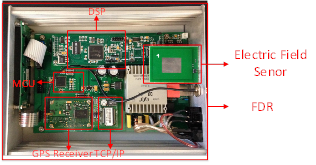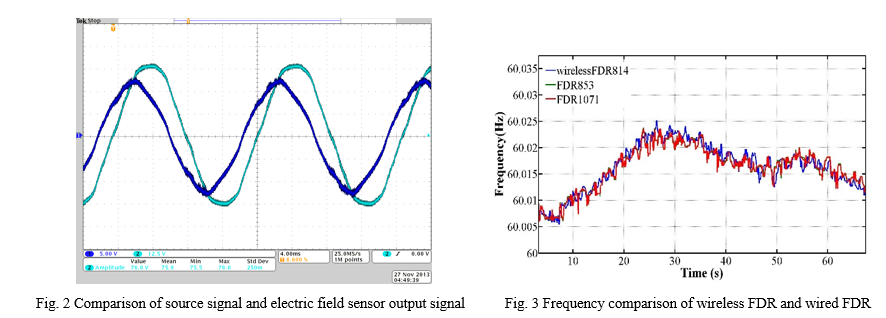Phasor measurements units have traditionally relied upon current and voltage transformers to obtain signal inputs. These devices must be physically connected to the lines, transformers or buses being measured, a process that is both time consuming and costly. As FDRs become more widely-used globally, they help initiate the research of a wireless FDR. A wireless FDR is an ideal solution in cases such as remote areas where it is difficult and inconvenient to set up a traditional device for phasor measurement. . The wireless FDR aims to increase the flexibility and portability of phasor measurements as compared with the traditional FDR.
The high-voltage transmission line is able to naturally generate varying electric and magnetic fields in the surrounding atmosphere. If the voltage is sufficiently high, the generating electric and magnetic field signal can be well-captured as the signal will not be submerged by the noises in the air. Based on this idea, the wireless FDR can obtain the frequency and phase via measuring the electric and magnetic field in the air at the right-of-way of the transmission line corridor, then utilizing the electric and magnetic field sensors placed in the transmission line right-of-way, it is possible to compute voltage and current phasor information. Thus, the wireless FDR makes it possible to take phasor measurements at any point in power system.

Fig.1 Wireless FDR



